Got a Bonsai as a Gift and Don't Know Where to Start? We Teach You the Basic Care! 🎁
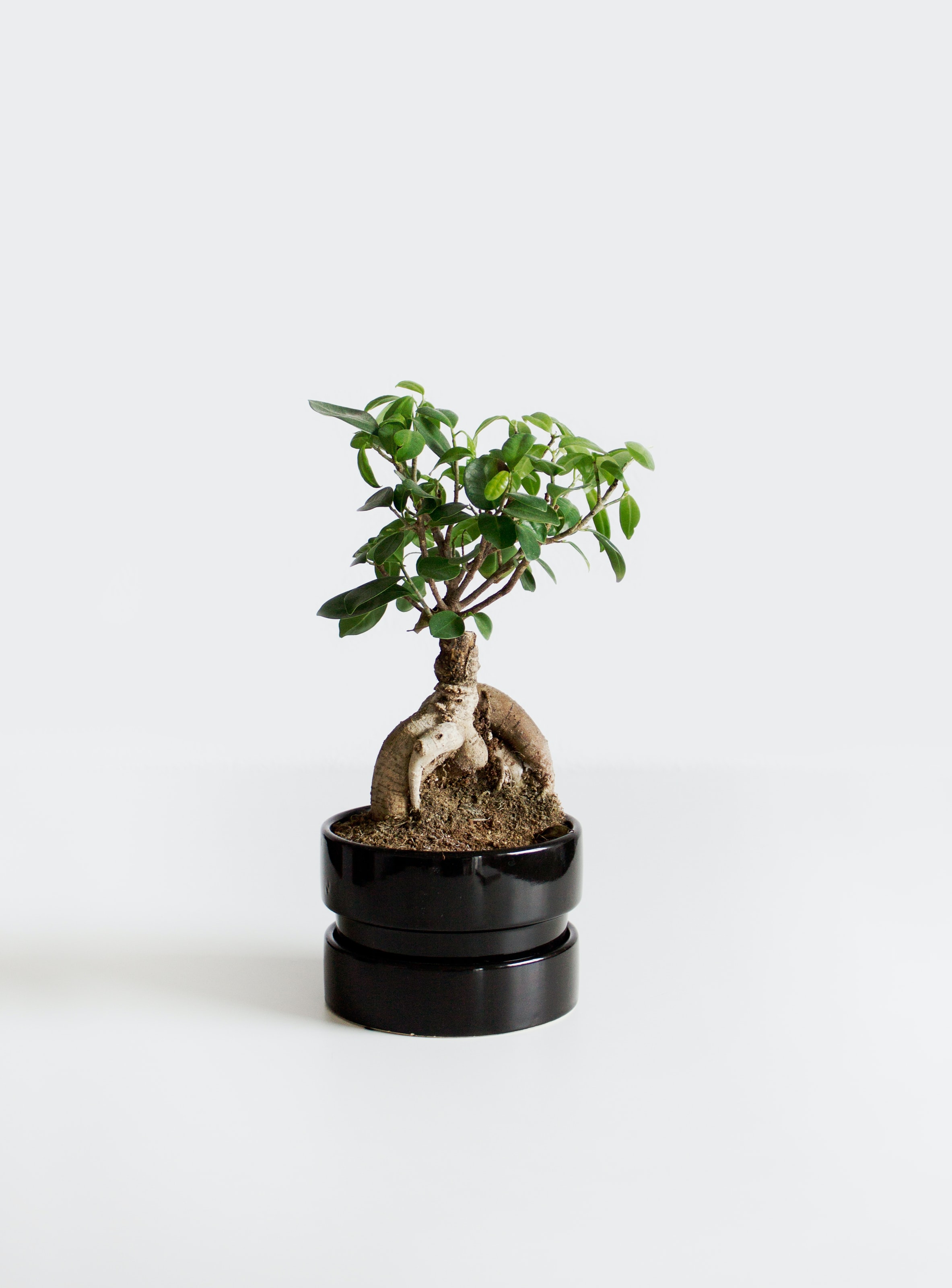
I have always liked having plants at home, but I had never had a bonsai until my brother gave me one. It was a small Chinese elm tree that he had been caring for for several years, but due to his work, he could no longer attend to it properly. I was excited about the idea of having my own bonsai, but also a little nervous because I knew nothing about its care. However, I soon discovered that caring for a bonsai was not only easy but also very rewarding. Thanks to that experience, I have become passionate about bonsai and want to share with you everything I have learned so far. If you are in the same situation I was in, don’t worry, in this post I will explain everything you need to know to care for your bonsai and enjoy it for many years.
Basic Bonsai Care
Amount of Water
Managing the amount of water a bonsai receives is one of the most important tasks to ensure its health and well-being. Inadequate watering can damage the roots, cause leaf drop, or even the death of the plant. The amount of water a bonsai needs depends on many factors, such as the size of the pot, the tree species, the time of year, and the climate. However, as a general rule, it is important not to overwater or let the substrate dry out completely.
To know how much water your bonsai needs, it is advisable to perform the chopstick test. This involves inserting a wooden chopstick into the soil to the bottom and removing it to check if it is moist or dry. If it comes out clean and dry, it’s time to water. If, on the other hand, the chopstick comes out with moist soil residue, it is better to wait a couple of days before watering again.
Another way to know if your bonsai needs water is by the weight of the pot. When the substrate is moist, the pot weighs more, and when it is dry, it weighs less. So, if you are not sure whether to water or not, lift the pot and check its weight.
Remember that it is preferable to water frequently but in small amounts, rather than abundantly and spaced out. It is also advisable to water with room temperature, chlorine-free water, as chlorine can be harmful to the bonsai’s roots. Finally, do not forget to empty the saucer under the pot after watering to prevent stagnant water from affecting the root system.
Light Exposure
Light exposure is a very important factor for the development of a bonsai. Most trees used to create bonsai need direct sunlight to grow and develop properly, although some prefer more moderate exposure. It is important to know the specific needs of your bonsai to ensure it is receiving the correct amount of light.
As a general rule, most bonsai need at least four hours of direct sunlight per day. However, this can vary depending on the tree species. For example, deciduous trees need more sunlight than evergreens. Also, some bonsai can be burned by intense direct sunlight, so it is important to ensure they are not exposed to too much light.
If you have an indoor bonsai, you may need to provide it with artificial light so it can grow properly. Full-spectrum LED lights are a good option, as they provide the light a bonsai needs without emitting too much heat.
In general, it is important to ensure that the bonsai receives an adequate amount of light, as this is essential for its growth and health. Observe your bonsai regularly to make sure it is receiving the right amount of light and adjust its location if necessary to ensure it is getting the correct amount of direct or artificial sunlight.
Temperature
The temperature is another important factor to consider when caring for our bonsai. In general, most bonsai adapt well to moderate temperatures and do not tolerate extreme temperatures, both cold and hot.
In winter, it is important to protect the bonsai from frost and sub-zero temperatures. If your bonsai is outdoors, make sure to protect it properly with a cover or by moving it to a more sheltered location. Indoors, make sure your bonsai is not near cold drafts.
In summer, make sure your bonsai does not receive intense direct sunlight during the hottest hours of the day, as this can cause leaf burn. If possible, move your bonsai to a cooler place or provide shade during the hottest hours.
In general, it is important to maintain a stable and moderate temperature for your bonsai, avoiding sudden temperature changes. Most bonsai adapt well to temperatures between 15 and 25 degrees Celsius, although this can vary depending on the tree species. If you have doubts about the ideal temperature for your bonsai, consult an expert or research the specific needs of the tree species you have.
Humidity
Most bonsai prefer moderate humidity, which means it is important to keep the substrate moist without over-saturating it. If the substrate dries out completely, the bonsai can suffer irreparable damage, but if it is kept too wet, mold or rot can develop.
In general, it is advisable to water the bonsai when the top layer of the substrate is dry to the touch. To maintain adequate humidity, you can use trays with pebbles and water under the bonsai, which increases the humidity around the tree. If your home has air conditioning, make sure there are no cold drafts that could dry out the bonsai’s substrate.
In summary, maintaining adequate humidity is essential for the success of the bonsai. It is important to observe the substrate regularly to ensure it is not too wet or too dry, and adjust the watering frequency as needed.
Specific Care for Each Bonsai Species
In addition to the basic care mentioned above, it is important to note that each bonsai species has specific needs. On our website especiesdebonsai.com, you can find detailed sheets on each bonsai species, which include information on their needs for light, water, temperature, and humidity, among other aspects.
By consulting the sheets for each species, you can obtain valuable information for the care of your bonsai and ensure that it is receiving the proper care for its species. Sometimes, even small variations in care can make a big difference in the health and beauty of your bonsai.
Therefore, we recommend that you visit our website to consult the specific care sheets for each bonsai species. There you will find useful information that will help you take better care of your bonsai and enjoy its beauty for many years.
Types of Bonsai
There are several types of bonsai, each with its own characteristics and cultivation techniques. Below, we present some of the most common types of bonsai:
Evergreen Bonsai
As the name suggests, these species keep their leaves throughout the year. Some examples include pine, juniper, and cypress.
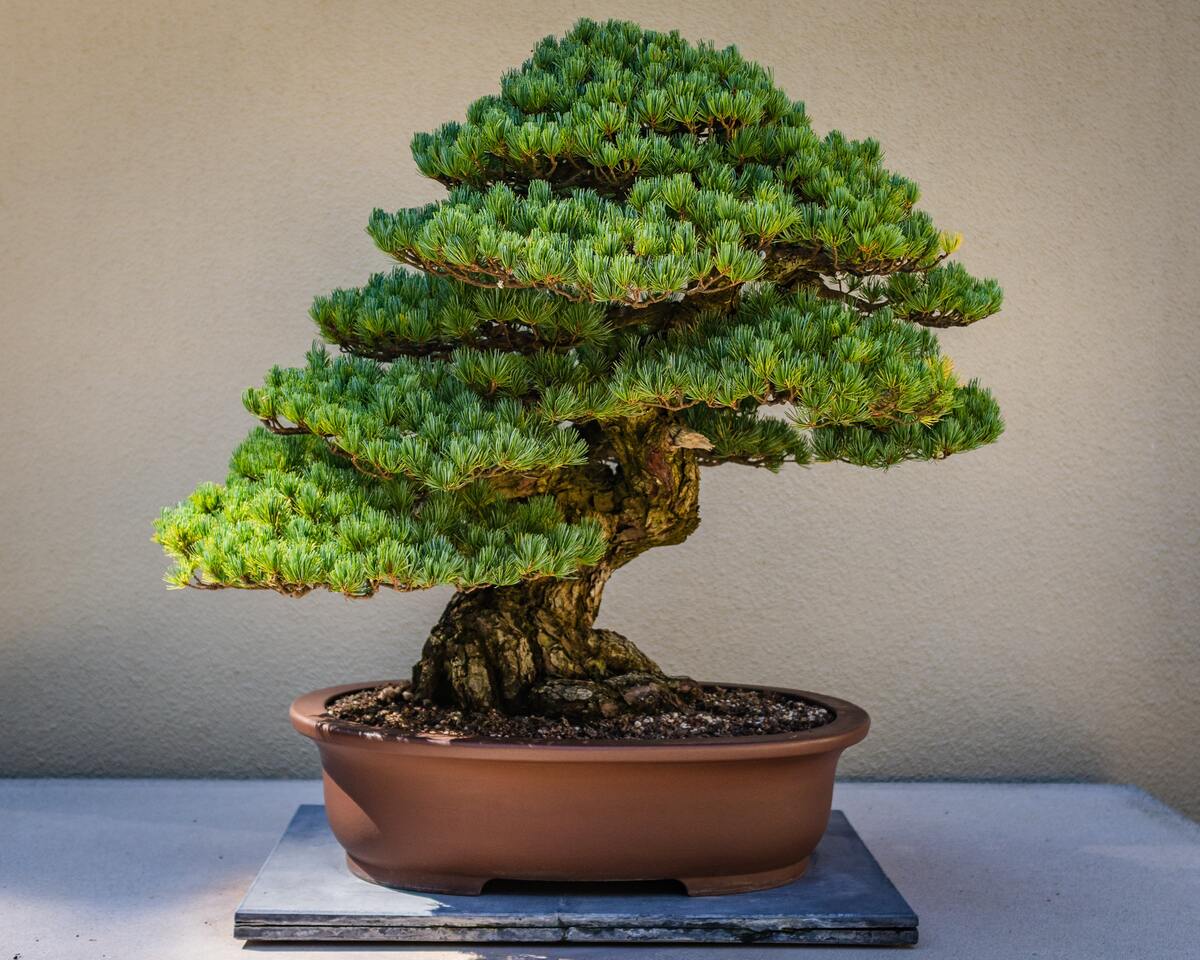
Deciduous Bonsai
These species lose their leaves in autumn and winter and regain them in spring. Some examples include maple, cherry, and elm.

Photo by Pauline Bernfeld on Unsplash
Flowering Bonsai
These species produce beautiful and colorful flowers. Some examples include azalea, jasmine, and apple tree.
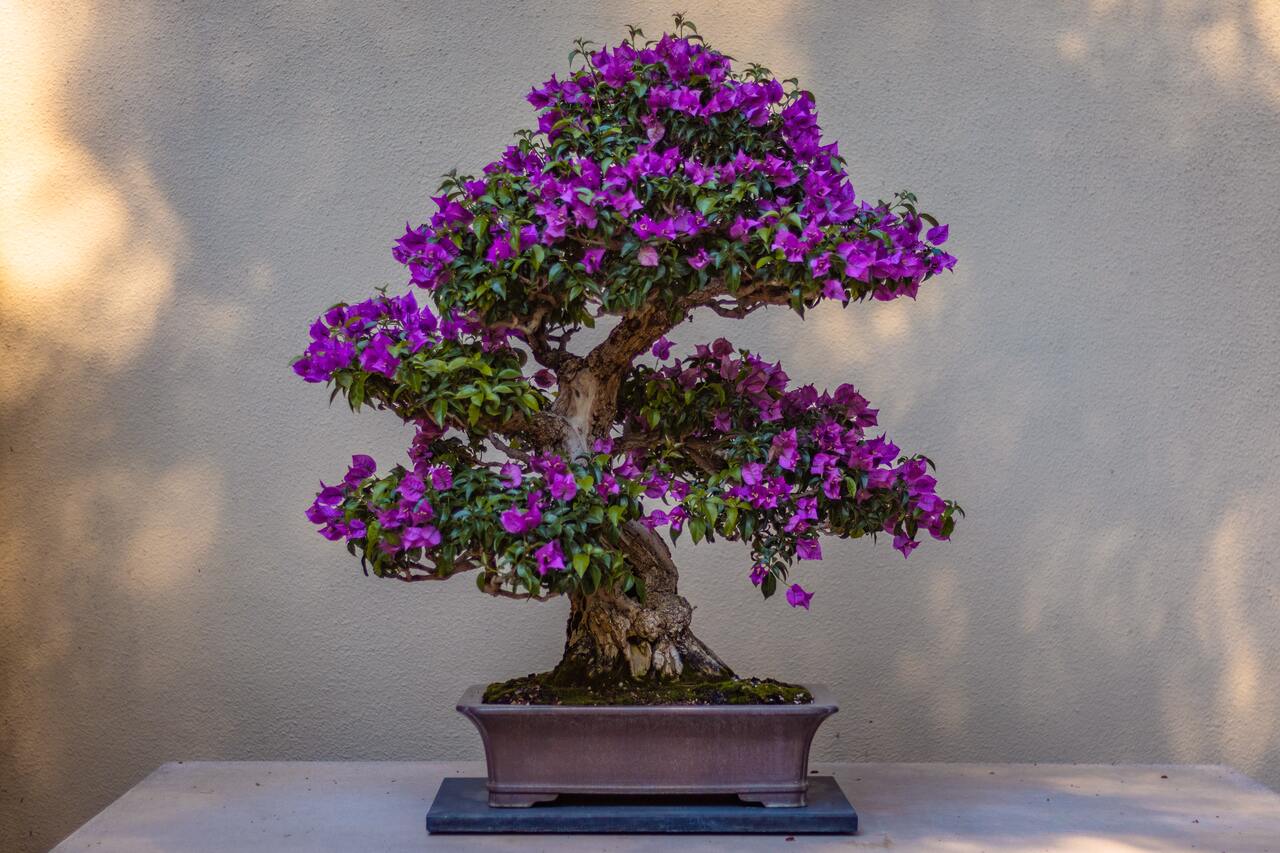
Fruiting Bonsai
These species produce edible fruits, such as lemon, orange, or apple.
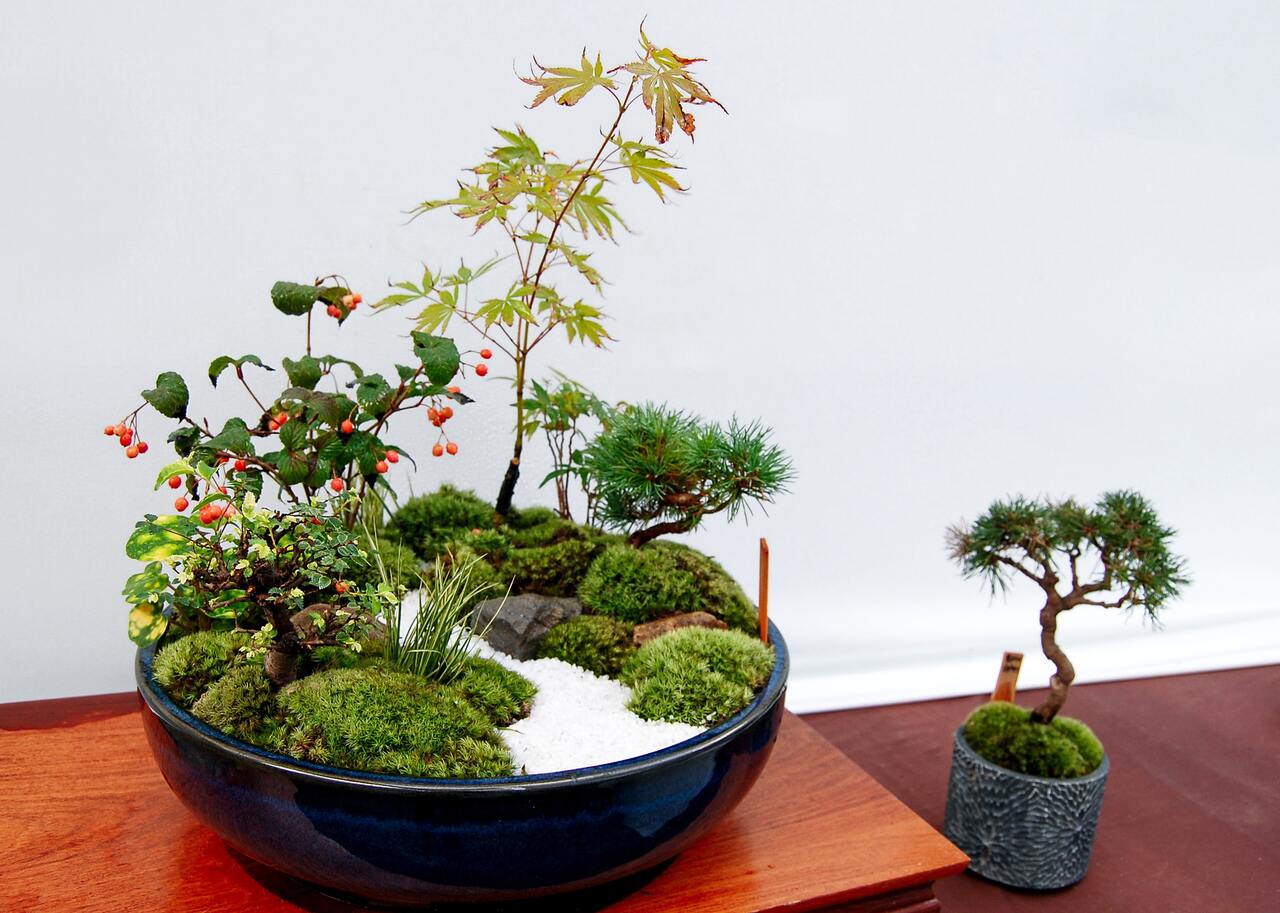
Photo by Susann Schuster on Unsplash
Formal Style Bonsai
These bonsai are characterized by a symmetrical and orderly structure, such as the chokkan style, the moyogi style, or the shakan style.
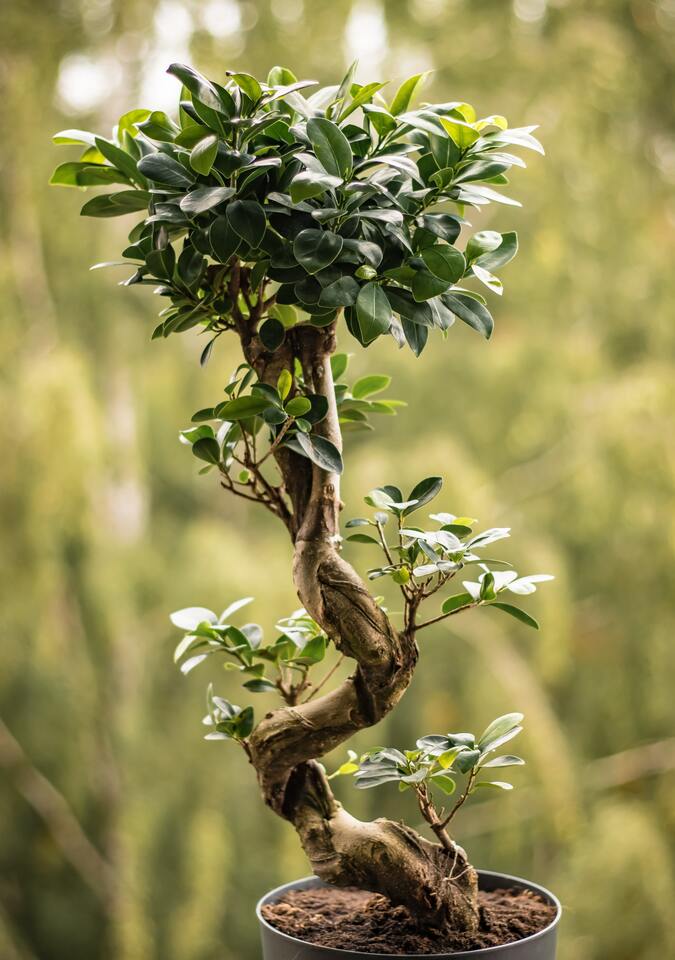
Photo by SaiKrishna Saketh Yellapragada on Unsplash
Informal Style Bonsai
These bonsai are characterized by a more natural and free style, such as the yose-ue style, the literati style, or the windswept style.

Photo by Sebastian Doll on Unsplash
Each type of bonsai requires specific care and cultivation. On our website example.com, you will find detailed information about each type of bonsai, its characteristics, and cultivation techniques. So, if you want to grow a specific type of bonsai, do not hesitate to visit our website for more information.
Tools and Accessories for Bonsai Care
To care for your bonsai effectively, you will need some specific tools and accessories. Here are some of the most common ones:
- Pruning shears: these are the most important tools for bonsai maintenance. They are used to cut branches, leaves, and roots.
- Tweezers: they are very useful for removing dead leaves and branches, as well as for shaping branches and twigs.
- Brushes: they are used to clean the surface of the substrate and remove accumulated dirt.
- Bonsai wire: it is used to shape branches and twigs, allowing them to grow in a certain direction.
- Bonsai watering can: it is an indispensable tool for watering the bonsai, as it allows for a uniform distribution of water.
- Humidifier: some bonsai need high environmental humidity, for which a humidifier can be used.
- Bonsai substrate: it is the medium in which the bonsai grows. It must be well-drained and provide the necessary nutrients.
Some additional accessories that can be useful for bonsai care include bonsai tables, drainage plates, wire mesh, and measurement tools (to measure humidity, temperature, and luminosity).
Frequently Asked Questions
How often should I water my bonsai?
The frequency of watering depends on many factors, such as the bonsai species, the size of the pot, the temperature, and the environmental humidity. In general, it is important to water when the substrate is dry to the touch. Most bonsai need to be watered at least once a day in summer and every two or three days in winter.
What is the best location for my bonsai?
The ideal location for your bonsai depends on the species. In general, most bonsai need adequate light exposure, but without being directly exposed to the sun during the strongest hours. In addition, they should be protected from wind and sudden temperature changes.
How can I shape my bonsai?
The most common technique for shaping a bonsai is pruning. Using scissors and/or tweezers, you can cut branches and leaves to shape the tree. Another technique is wiring, which allows you to shape the branches by placing wire around them.
How can I know when my bonsai needs to be repotted?
Normally, a bonsai needs to be repotted every two or three years, depending on the species and the size of the pot. If the roots start to grow out of the substrate, it is a sign that it is time to repot it into a larger pot.
How can I protect my bonsai from pests and diseases?
There are various products for pest and disease control specific to bonsai, which can be applied as needed. It is also important to maintain good hygiene of the tree and substrate, and to remove damaged or diseased parts as soon as they are detected.
On our website especiesdebonsai.com, you will find more detailed and specific information on each of these frequently asked questions, as well as other doubts related to bonsai care.
Conclusions
Bonsai is a unique and beautiful way to connect with nature, and its care can be a rewarding and relaxing experience. As we have seen in this post, it is important to follow basic care, such as the amount of water, light exposure, temperature, and humidity. In addition, it is important to know the species of bonsai being cultivated to adapt the care to its specific needs. We have also talked about the necessary tools and accessories for its care, and some frequently asked questions that may arise.
In summary, caring for a bonsai can be a rewarding task, which connects us with nature and allows us to enjoy the beauty and tranquility that these miniature trees offer us. On especiesdebonsai.com, you will find more detailed and specific information on the care of each bonsai species, as well as tools and accessories for its care. Go ahead and grow your own bonsai and enjoy its beauty and tranquility!